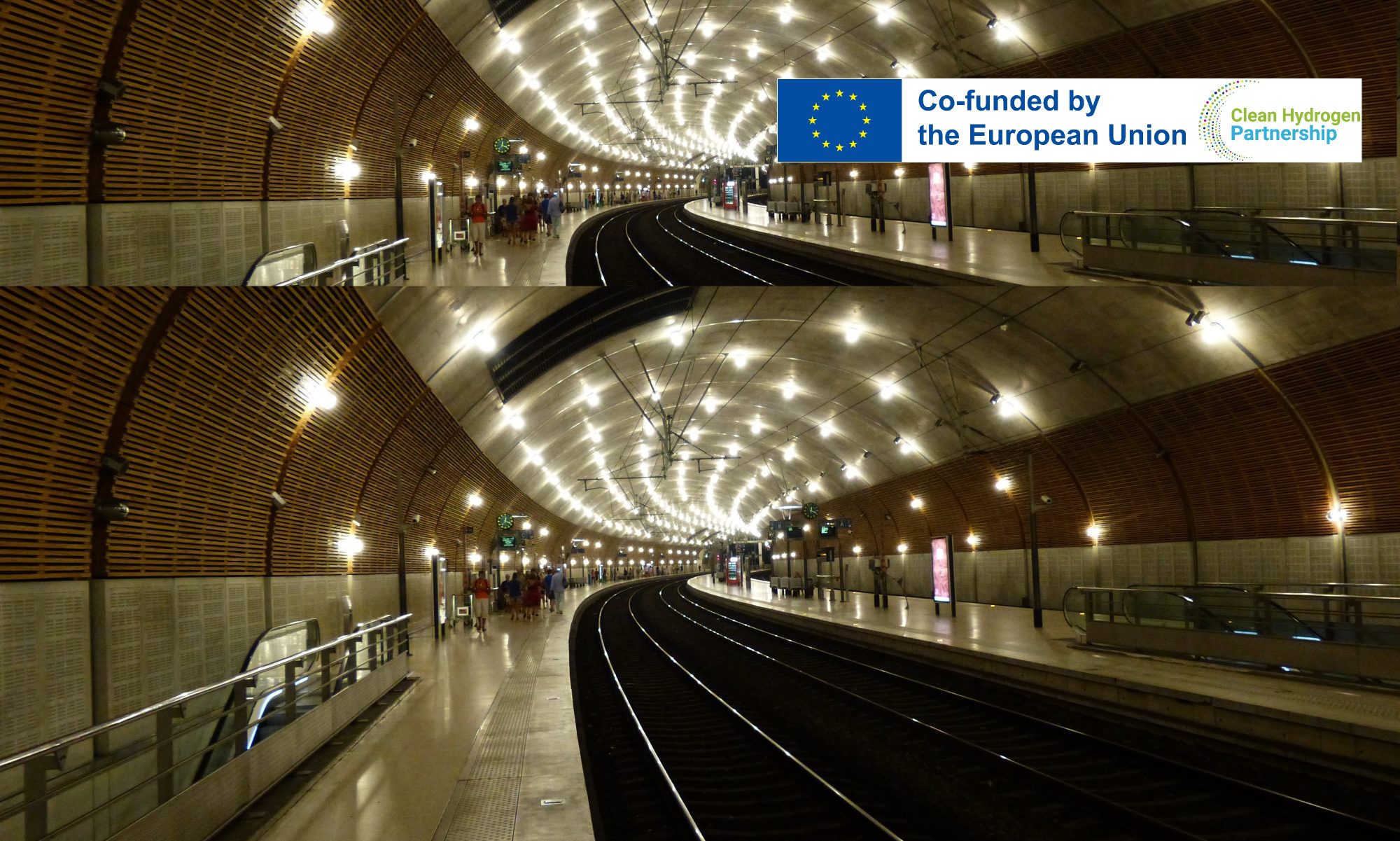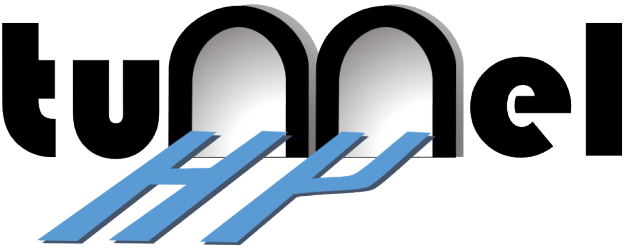The need for ad-hoc gathering to address rail-specific accident scenarios became apparent during the 5th progress project meeting early February 2021. The meeting to discuss the issue and to provide insight into practical aspects of rail tunnel design and operation was organised 18 February 2021.
During the meeting the SAB members Mr Mike Lipscomb (Rail Standards and Safety Board) and Mr Rory Dickerson (NetworkRail) presented typical rail tunnel designs, discussed features specific for rail tunnels and outlined questions on hydrogen storage safety from rail industry perspective, such as
-
- thermal and pressure hazards resulting from credible accident scenarios of TPRD release or pipework leakage,
- suggestions for thermally-activated pressure relieve device (TPRD) design strategy (orifice, release orientation, etc.),
- guidance on size of individual tanks,
- engineering tools to predict thermal and pressure hazards, etc.
Prof Knut Vågsæther (University of South-Eastern Norway) presented Norwegian project “Mobility Zero Emission Energy Systems” (MoZEES, https://mozees.no) which focuses, between other issues, on hydrogen value chain and safety, including safety in tunnels.
Dr Mike Kuznetsov (Karlsruhe Institute of Technology) gave detailed description of a novel engineering correlation to predict hydrogen-flame acceleration and transition to detonation, which is particularly important for hydrogen applications in rail tunnels due to their exceptionally congested layout.
Dr Dmitriy Makarov (Ulster University) introduced the issue of attached jets and jet fires, which are believed to be relevant to releases from TPRDs in tunnels due to restricted air entrainment and which present significantly higher hazards, i.e. providing longer flammable envelopes for unignited releases and longer jet flames for ignited jets.
The meeting was attended by 28 partners and SAB members. After live discussion the meeting participants agreed to intensify study of rail-specific accident scenarios. Though opportunities for detailed study of hydrogen hazards in rail tunnel are limited by the project budget, some experimental investigation of these important accident scenarios appear to be plausible.

